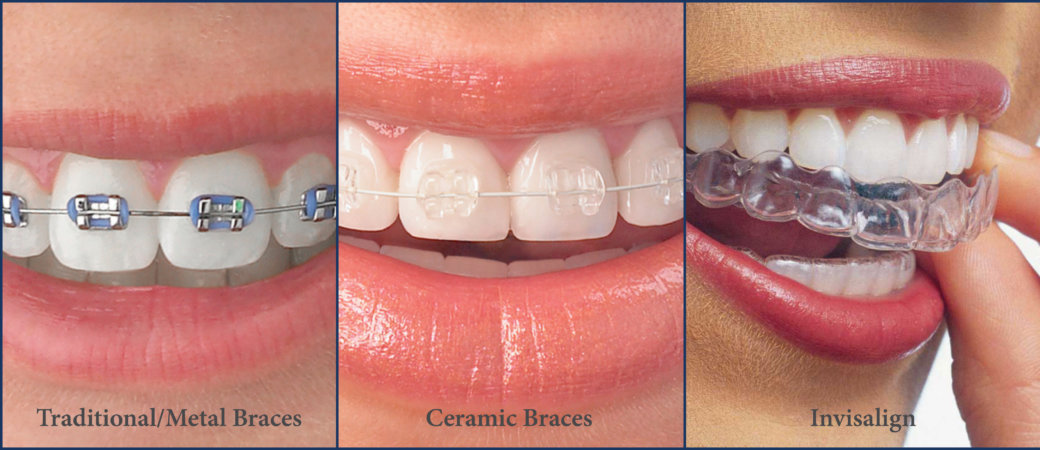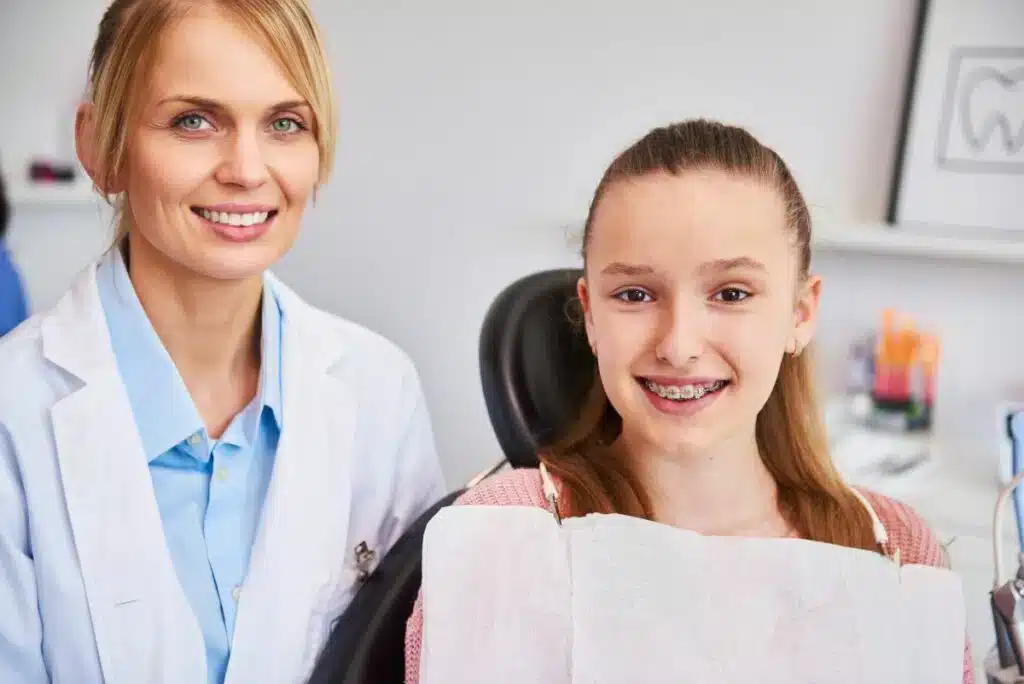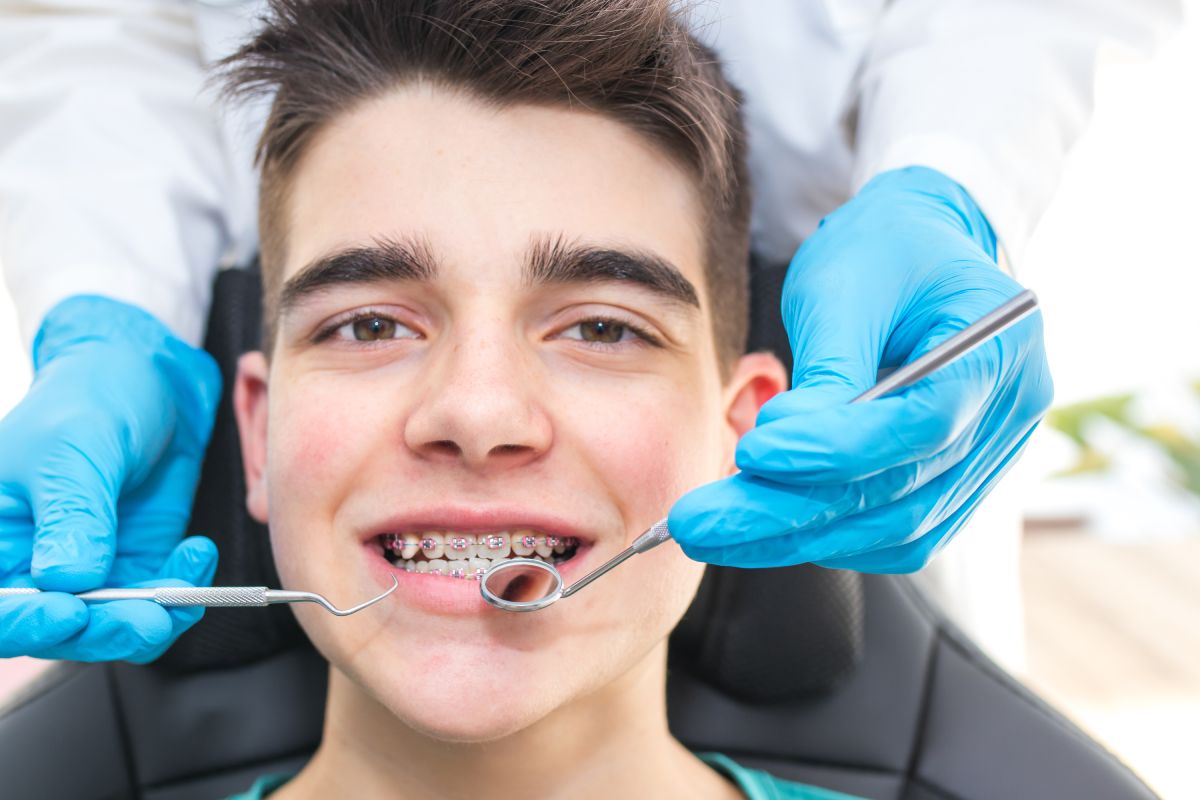What Does Causey Orthodontics Do?
What Does Causey Orthodontics Do?
Blog Article
Facts About Causey Orthodontics Uncovered
Table of ContentsThe 7-Minute Rule for Causey OrthodonticsThe Single Strategy To Use For Causey Orthodontics8 Simple Techniques For Causey OrthodonticsCausey Orthodontics Fundamentals ExplainedFacts About Causey Orthodontics Revealed
Ignoring occlusal relationships, it was typical to get rid of teeth for a selection of oral concerns, such as malalignment or congestion. The idea of an intact teeth was not extensively appreciated in those days, making bite connections appear unnecessary. In the late 1800s, the principle of occlusion was necessary for developing reputable prosthetic replacement teeth.As these ideas of prosthetic occlusion proceeded, it became a very useful tool for dental care. It was in 1890 that the job and effect of Dr. Edwards H. Angle started to be felt, with his payment to modern-day orthodontics especially noteworthy. Concentrated on prosthodontics, he educated in Pennsylvania and Minnesota prior to directing his interest in the direction of dental occlusion and the therapies needed to maintain it as a regular condition, hence ending up being known as the "daddy of modern orthodontics".

The idea of suitable occlusion, as proposed by Angle and incorporated right into a category system, made it possible for a shift towards treating malocclusion, which is any variance from normal occlusion. Having a full collection of teeth on both arches was very searched for in orthodontic therapy as a result of the need for exact relationships in between them.
What Does Causey Orthodontics Do?
As occlusion became the crucial priority, face proportions and looks were disregarded - family orthodontics. To attain ideal occlusals without using external forces, Angle proposed that having excellent occlusion was the very best way to gain optimal face appearances. With the passing away of time, it became quite apparent that also an exceptional occlusion was not ideal when taken into consideration from an aesthetic factor of view
Charles Tweed in America and Raymond Begg in Australia (that both researched under Angle) re-introduced dentistry extraction right into orthodontics throughout the 1940s and 1950s so they can improve face esthetics while also guaranteeing much better stability concerning occlusal partnerships. In the postwar duration, cephalometric radiography begun to be made use of by orthodontists for measuring modifications in tooth and jaw placement brought on by growth and therapy. It became apparent that orthodontic treatment can adjust mandibular growth, causing the formation of functional jaw orthopedics in Europe and extraoral force measures in the United States. Nowadays, both practical home appliances and extraoral devices are applied around the globe with the goal of modifying development patterns and kinds. Consequently, going after true, or a minimum of improved, jaw connections had come to be the primary goal of therapy by the mid-20th century.
Causey Orthodontics - Truths
 The American Journal of Orthodontics was produced for this purpose in 1915; prior to it, there were no scientific goals to follow, neither any accurate category system and brackets that did not have functions. Till the mid-1970s, dental braces were made by covering steel around each tooth. With advancements in adhesives, it came to be feasible to instead bond metal brackets to the teeth.
The American Journal of Orthodontics was produced for this purpose in 1915; prior to it, there were no scientific goals to follow, neither any accurate category system and brackets that did not have functions. Till the mid-1970s, dental braces were made by covering steel around each tooth. With advancements in adhesives, it came to be feasible to instead bond metal brackets to the teeth.Andrews offered an informative definition of the suitable occlusion in long-term teeth. This has actually had purposeful effects on orthodontic therapies that are provided regularly, and these are: 1. Right interarchal relationships 2. Correct crown angulation (suggestion) 3. Right crown disposition (torque) 4. No rotations 5. Tight contact factors 6. Apartment Curve of Spee (0.02.5 mm), and based on these principles, he discovered a therapy system called the straight-wire home appliance system, or the pre-adjusted edgewise system.
The advantage of the layout hinges on its brace and archwire mix, which requires only very little cord flexing from the orthodontist or medical professional (cheapest orthodontist near me). It's aptly named after this function: the angle of the port and density of the brace base inevitably determine where each tooth is positioned with little need for extra adjustment
The Ultimate Guide To Causey Orthodontics
Both of these systems used the same brackets for every tooth and necessitated the flexing of an archwire in three aircrafts for locating teeth in their preferred positions, with these bends dictating ultimate positionings. When it comes to orthodontic devices, they are divided right into 2 kinds: detachable and taken care of. Removable appliances can be tackled and off by the person as needed.

Therefore, almost all modern set appliances can be considered variants on this edgewise home appliance system. Early 20th-century orthodontist Edward Angle made a major payment to the globe of dental care. He developed four unique home appliance systems that have actually been made use of as the basis for numerous orthodontic therapies today, preventing a few exemptions.
Some Ideas on Causey Orthodontics You Should Know

The wire finished in a string, and to relocate onward, a flexible nut was utilized, which enabled a rise in area. By ligation, each private tooth was connected to this extensive archwire (orthodontist near me). Because of its limited series of movement, Angle was not able to accomplish accurate tooth positioning with an E-arch
These tubes held a soldered pin, which can be repositioned at each appointment in order to relocate them in location. Dubbed the "bone-growing device", this gizmo was theorized to urge healthier bone development as a result of its potential for moving pressure directly to the origins. Nevertheless, implementing it proved troublesome in reality.
Report this page